13 Essential Steps To Introduce Your Pet To A Newborn
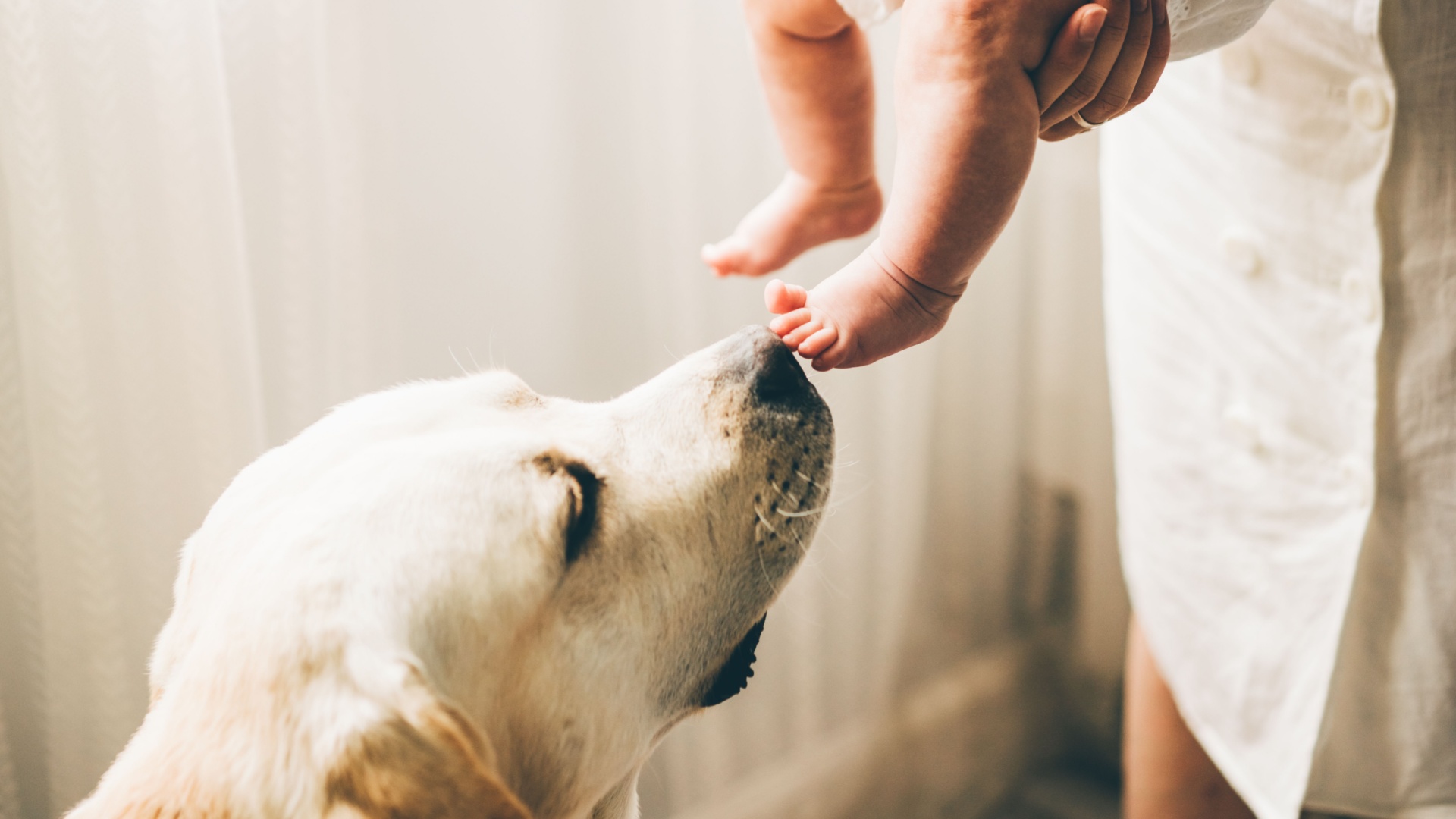
Bringing a newborn home is a joyful occasion, and ensuring a harmonious bond between your pet and the new family member is crucial.
With a little preparation and these essential steps, you can facilitate a smooth introduction that fosters a lifelong friendship.
Let the wagging tails and gentle purrs signal a welcoming atmosphere for your newest addition.
1. Set the Scene

Start by setting the scene for success. Before the baby’s arrival, create a harmonious environment where your pet feels included. Place a pet bed in the nursery so your furry friend feels like part of the new family hub. Make sure this area is calm and welcoming, with gentle colors and soft lighting. This will become a space where both your baby and pet can co-exist happily. Introduce your pet to the nursery well before the baby’s arrival.
Allow them to explore and sniff around. Familiarizing them with this new space helps reduce anxiety and prepares them for the changes ahead. Remember, a calm pet is more likely to accept a new routine with ease.
Play soothing music or use white noise machines during this exploratory phase. It can help your pet associate the nursery with tranquility and positive experiences, making the transition smoother.
2. Scent Introduction

Introduce your pet to the newborn’s scent before they meet face-to-face. This step is a gentle way for animals to become accustomed to the new family member. Bring home a blanket or a piece of clothing that the baby has used in the hospital. Let your pet sniff and investigate the new scent positively and without rush.
By fostering familiarity with the baby’s scent, you’re laying the groundwork for a positive connection. Pets rely heavily on their sense of smell to understand the world around them. This olfactory introduction helps diminish the shock of a new arrival. Encourage your pet to relax near the scent item by offering treats or praise.
This positive reinforcement associates the baby’s scent with good things, turning any initial curiosity or apprehension into acceptance and affection.
3. Maintain Routine

Keeping your pet’s routine as consistent as possible amidst the changes is key. Pets thrive on routine and can become stressed with too much upheaval. Ensure feeding, walking, and playtime occur at their usual times. This stability helps your pet feel secure and reduces anxiety about the new household dynamics.
Incorporate the baby’s needs into the established routine gradually. For example, try going for walks at times that you will likely take the baby out too. This helps your pet adjust without feeling sidelined or neglected. Consistency in routines also sends a message of reassurance.
Your pet will understand that despite the arrival of the newborn, their place and significance in the family remain unchanged. This can prevent feelings of jealousy and promote a sense of belonging.
4. Training Refresh
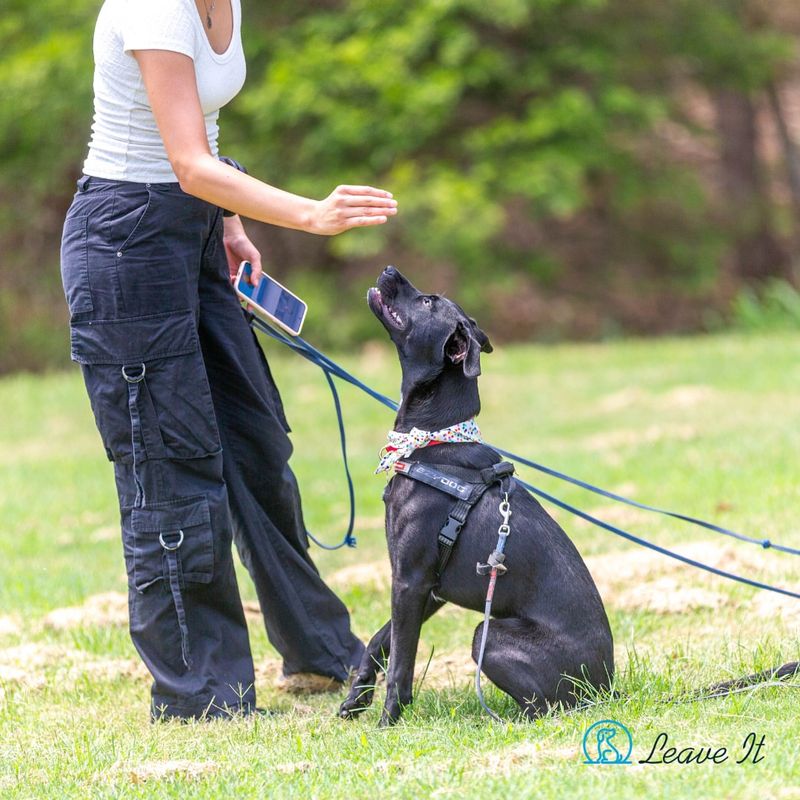
Refresher courses on training are always a good idea, especially now. Ensure that your pet responds well to basic commands like sit, stay, and leave it. This obedience is crucial when managing interactions between your pet and the baby, ensuring that both can coexist safely and happily.
Start practicing these commands in different areas of the house, especially where the baby will spend most of their time. Reinforcement of training helps remind your pet of boundaries and acceptable behaviors. Using positive reinforcement, like treats and praise, can make training sessions enjoyable for your pet.
This engagement not only refreshes your pet’s memory but also strengthens the bond between you and your furry companion, making them more responsive to your guidance.
5. Introduce Baby Sounds

Before the baby’s arrival, play recordings of baby noises like crying, cooing, and giggling. This prepares your pet for the sounds that will soon become part of their daily environment. Start with low volume and gradually increase it, observing your pet’s reactions.
The goal is to acclimate your pet to these unfamiliar sounds slowly. Sudden exposure to loud, new noises can be unsettling, and this proactive approach helps prevent anxiety. With time, your pet will learn to associate these sounds with normalcy. Use treats and positive reinforcement when your pet remains calm during these sessions.
This teaches them that baby sounds are not threats but just another layer of their world. Over time, they’ll remain unperturbed by the baby’s vocal expressions.
6. Slow Introduction
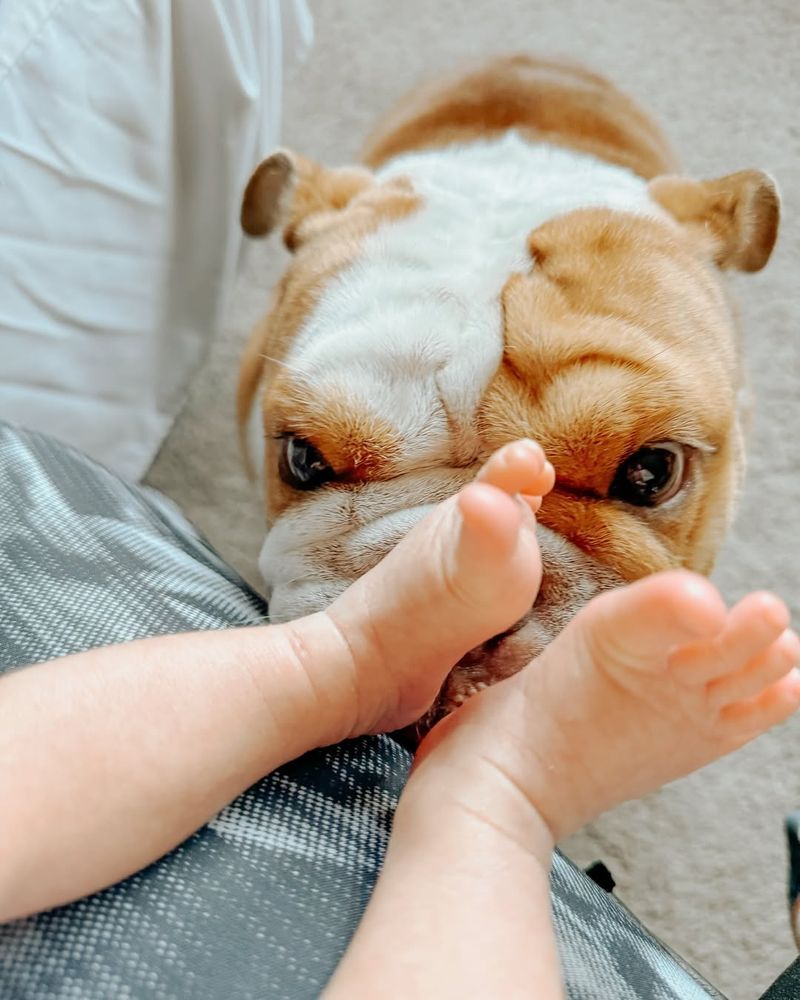
Take a slow and steady approach when introducing your pet to the newborn. Allow your pet to observe from a distance initially, gauging their comfort level. Hold the baby securely, and let your pet come forward at their own pace. This gradual introduction helps prevent overwhelming your pet.
Observe their body language closely. Look for signs of stress such as panting or pacing, and give them space if needed. Your presence should be reassuring, acting as a bridge between the worlds of your pet and the baby. Remember, patience is key. A gentle first meeting sets the tone for future interactions.
Allowing your pet to approach voluntarily fosters confidence and acceptance, ensuring a harmonious relationship as they grow accustomed to their new sibling.
7. Set Boundaries

Establishing clear boundaries is essential for both safety and harmony. Use baby gates or designated areas to create safe zones for your pet and newborn. This physical separation can prevent accidental knocks or trips, ensuring the safety of both your pet and baby.
Teach your pet to understand these boundaries early on. Positive reinforcement when they respect these areas goes a long way in instilling good habits. This separation isn’t about exclusion but ensuring everyone’s well-being as they adjust to the new family setup. Boundaries also help manage interactions in a controlled manner, allowing both the baby and your pet to explore and grow without constant supervision.
As trust and understanding build, these boundaries can be adjusted, promoting gradual integration.
8. Pet-Specific Time
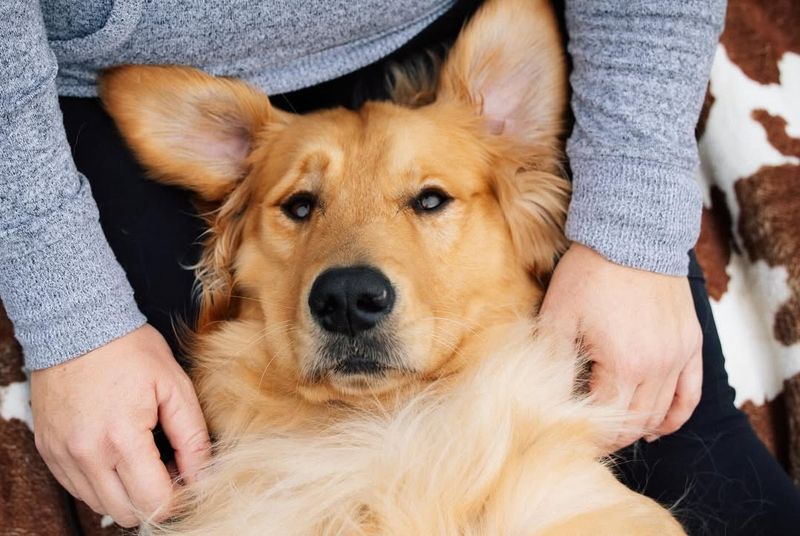
Dedicate quality time for just you and your pet. Amidst the excitement of the newborn, ensure your pet still receives individual attention. This practice mitigates feelings of neglect and reinforces their importance in the family unit.
Schedule regular playtimes, walks, or cuddle sessions that focus solely on your pet. These interactions remind them of the joyful times you shared before the baby’s arrival and affirm their place in your heart. It’s not just about maintaining routine, but celebrating their special role.
Such dedicated time can also be therapeutic for you, offering a momentary respite from the demands of newborn care. It’s a win-win scenario, strengthening the bond with your pet and maintaining a balanced family dynamic.
9. Monitor Interactions
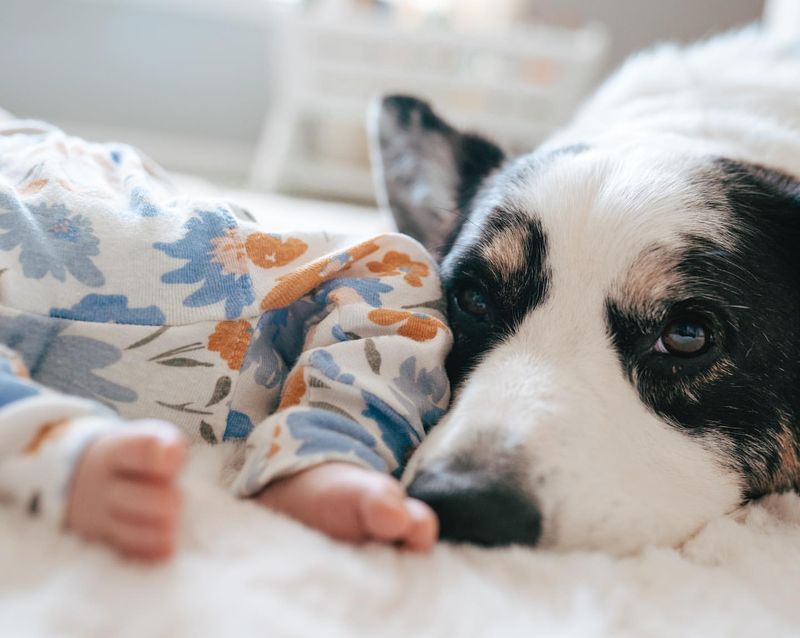
Supervision is vital during the early stages of pet and newborn interactions. Always be present when they’re together to monitor behavior closely. This vigilance ensures you can intervene promptly should any unexpected behavior arise.
Watch for signs of stress or discomfort in your pet, such as growling or avoiding the baby. These indicators can guide how you manage the interactions and adjust the environment if necessary. It’s about creating a safe and positive atmosphere for both the pet and baby.
As both the baby and pet become more accustomed to each other, your confidence in their interactions will grow. Over time, this supervision can gradually ease into natural, unsupervised bonds, but the foundation of trust and understanding must be firmly established first.
10. Celebrate Small Wins
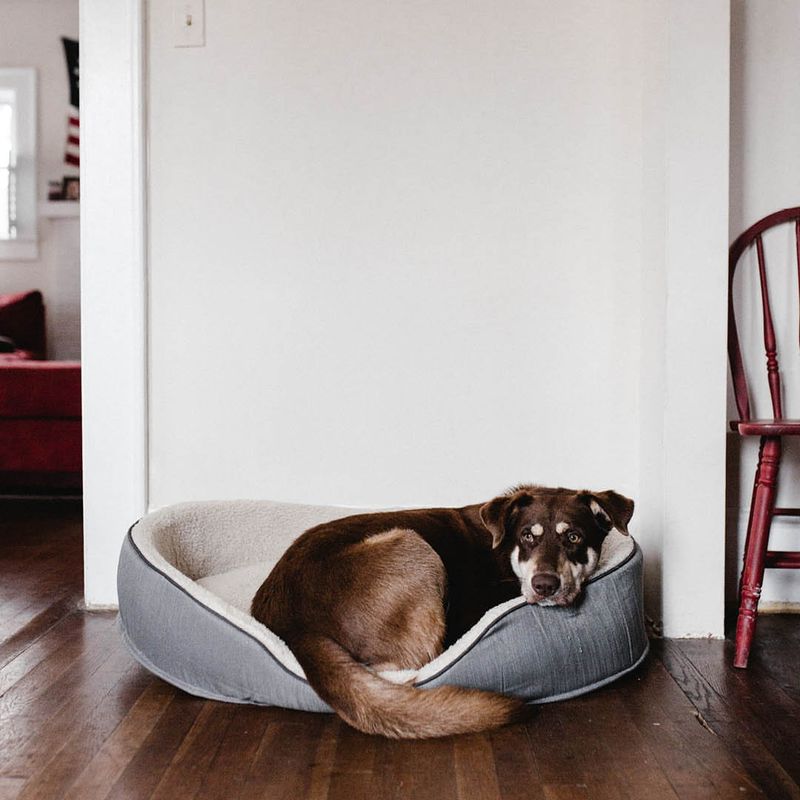
Acknowledge and celebrate the small milestones achieved in the pet-newborn relationship. Whether it’s your pet calmly sitting near the baby or ignoring baby sounds, these are all victories worth championing. Positive reinforcement through treats or affection reinforces good behavior and encourages further progress.
Your pet will understand that peaceful coexistence leads to rewards, making them more inclined to accept and adapt to new situations. Celebrate these wins with enthusiasm, as they contribute to a positive and harmonious household.
These moments of pride and joy will help cement the bond between your pet and newborn, ensuring a joyful and loving environment for both.
11. Educate Visitors
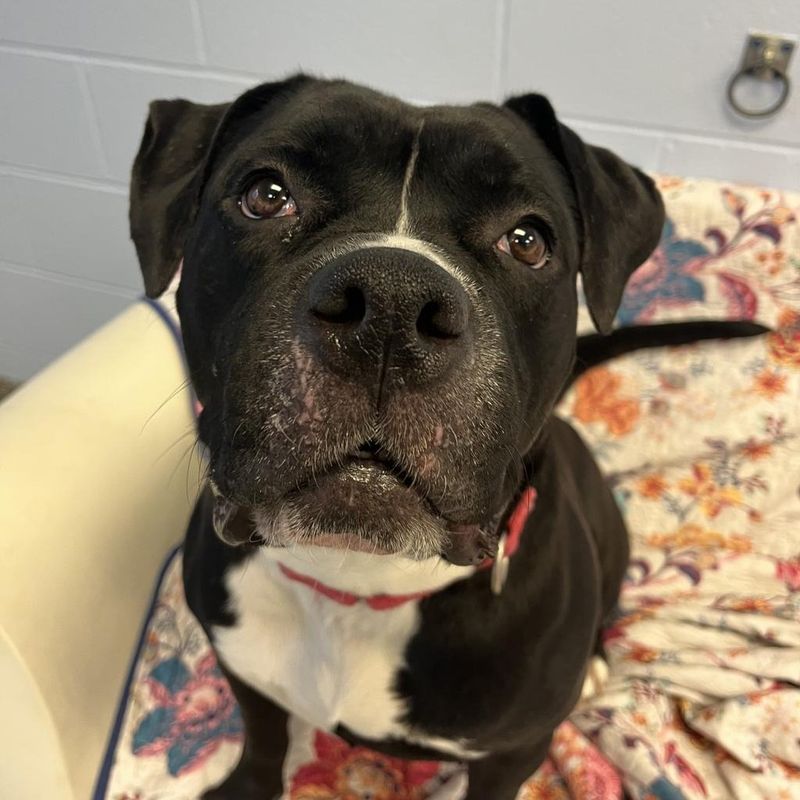
Inform visitors about your pet’s adjustment period and necessary precautions when they interact with the baby. This ensures that everyone in the household respects the boundaries you’ve set and contributes to a positive environment.
Explain the importance of slow introductions and the specific cues to look for in your pet’s behavior. This knowledge empowers visitors to interact harmoniously with both the pet and baby, reinforcing the training and boundaries you’ve established.
By involving others in the process, you extend the circle of support around your pet and newborn, creating a wider community of care. This collective understanding helps maintain consistency and ensures the well-being and happiness of all family members, human or furry.
12. Seek Professional Guidance
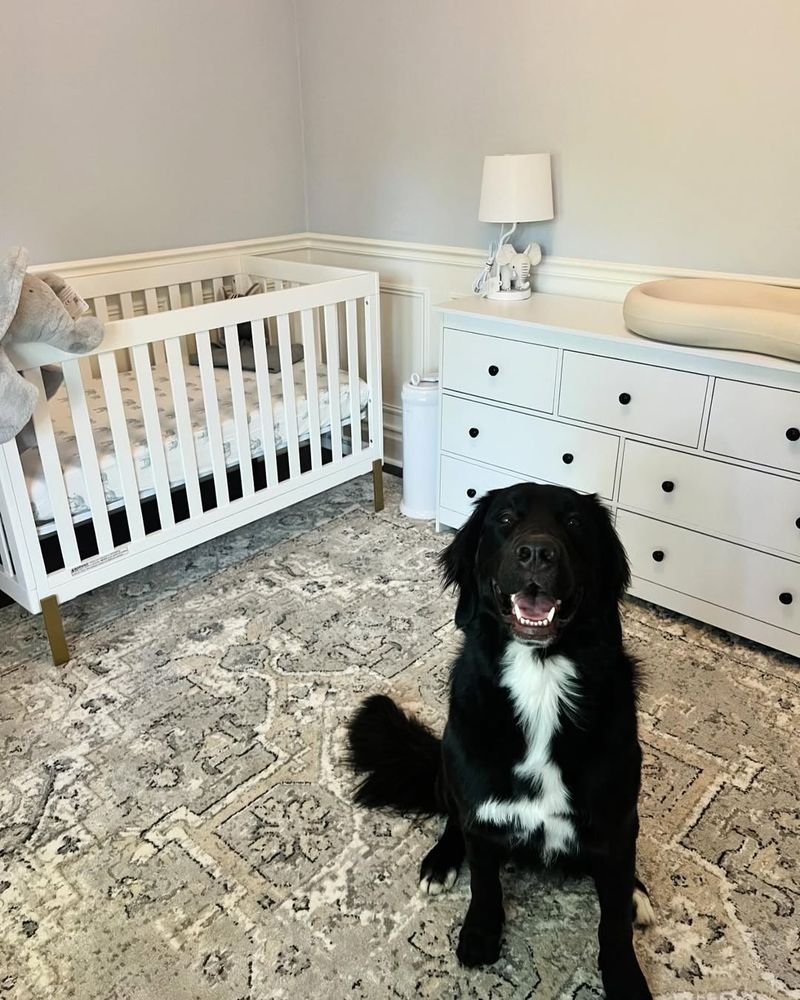
Don’t hesitate to seek professional guidance if needed. Pet behaviorists can offer invaluable insights and strategies tailored to your specific situation. Their expertise can help address any concerns or challenges that arise during the pet and newborn adjustment period.
A professional’s perspective can provide reassurance and practical tips that you might not have considered. If you notice persistent issues or if your pet exhibits signs of distress, reaching out for expert advice is a proactive step. Working with professionals ensures that both your pet and newborn’s needs are met with understanding and care.
This guidance can transform potential hurdles into harmonious solutions, fostering a peaceful coexistence that benefits the entire family.
13. Enjoy the Journey

Finally, remember to enjoy the journey of integrating your pet with your newborn. It’s a unique experience filled with memorable moments and emotional growth. Embrace the quirks and interactions that make this journey special.
Cherish the bond that develops between your pet and your child. Watching them grow and adapt together adds a beautiful layer to your family dynamic. These moments are fleeting, but they lay the foundation for lifelong companionship. This journey is not just about overcoming challenges, but about celebrating love and unity.
In the end, the laughter, joy, and affection shared among all family members, including your pet, will create cherished memories that last a lifetime.
